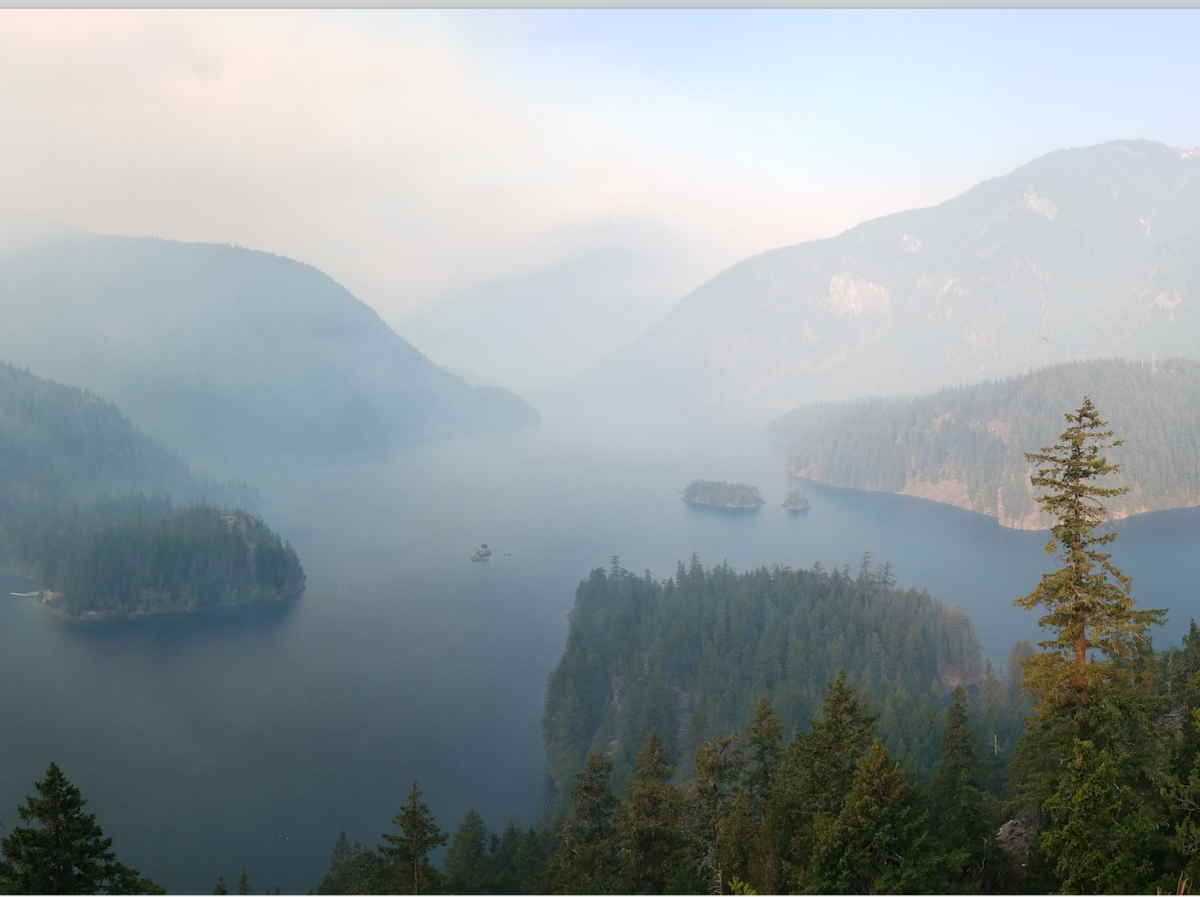Seattle City Light Commits To Fish Passage On Upper Skagit
In a major announcement this afternoon, Seattle City Light is committing to adding up- and downstream fish passage around its three ladderless dams on the Skagit River as part of federal relicensing.
The utility had fought putting in the facilities, leading to a very public fight between local tribes and Skagit County and the city of Seattle, which prides itself on environmental awareness and equity, but an official there says she told her team to “flip the switch,” according to KING 5, which covered the story in depth.

Scott Schuyler of the Upper Skagit Indian Tribe told dogged reporter Susannah Frame that the news was “a huge relief to our people” and he gave SCL credit for changing its position.
“The tribe spoke for the river. The tribe spoke for the salmon. Now (the city) listened,” he told Frame.
Three tribal lawsuits were also involved, one of which was reportedly settled last week with SCL’s commitment to put in fish passage.
The utility had maintained that salmon never used the waters above the Skagit Gorge, a narrow chute ridden with Carrock-sized boulders fallen off surrounding peaks, but an Upper Skagit biologist disagreed, telling KING 5 in 2021, “It’s the Pacific Northwest. Fish swim upstream, that’s what they do. (There) is not an insurmountable barrier to salmon.”
According to an SCL press release, a trap-and-haul program is proposed to collect returning adult fish near Newhalem and truck them east up Highway 20 past Gorge and Diablo Dams and then, via a new road through a sliver of the North Cascades National Park complex, down to Ross Lake. A downstream collector would also be constructed at Ross Dam for outmigrating smolts.
Ross Lake, which backs up into British Columbia, offers the most access to tributaries of all three reservoirs.
It’s the “most significant investment” in the utility’s final license application, or FLA, for the dams. The application runs to 15,000 pages.
SCL also committed to “estuary restoration, mainstem habitat restoration and managing flows to reduce the risk of floods while protecting salmon habitat. The FLA identifies over $500 million in new environmental measures over the next 50 years of the license, and recognizes other potential costs for projects, such as fish passage. Those costs will continue to be refined, as City Light’s discussions with partners conclude and projects are finalized.”

